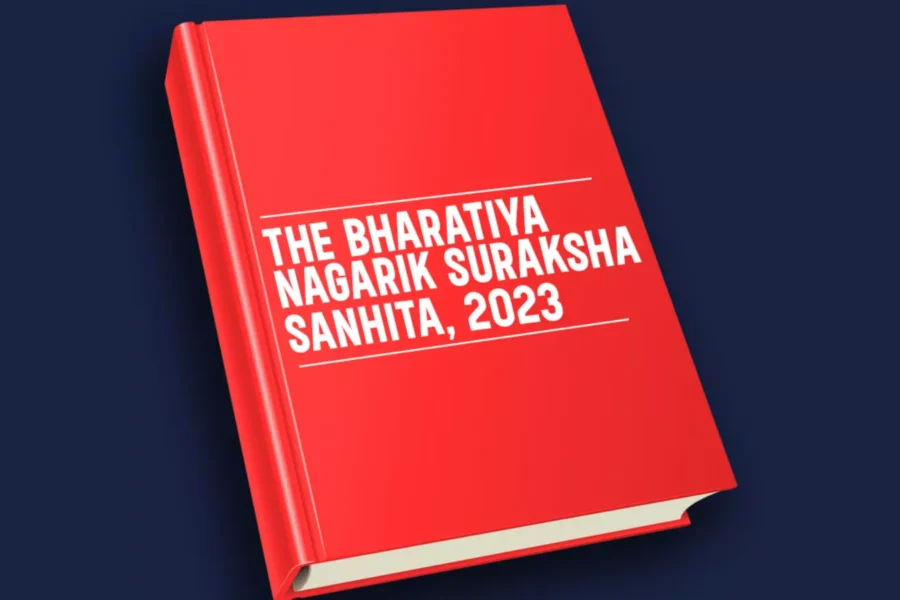Introduction
The Bankruptcy and Insolvency Act, 2016 (BNSS), which was enacted to streamline insolvency and bankruptcy proceedings in India, has been instrumental in reshaping the legal landscape for resolving financial distress. Among its provisions, Section 531(2)(a) stands out for its temporal implications on the process of bankruptcy resolution. This section addresses the limits and timelines for certain actions in bankruptcy proceedings, aiming to provide clarity and structure to the process. This article delves into the legal intricacies of Section 531(2)(a), exploring its temporal scope and examining recent case law that sheds light on its application.
Understanding Section 531(2)(a)
Section 531(2)(a) of the BNSS deals with the timelines within which specific actions or decisions must be taken during the bankruptcy resolution process. This provision is crucial for ensuring that the resolution process remains efficient and predictable, thereby providing a clear framework for all stakeholders involved. The section stipulates:
- Timeframes for Filing Claims: It specifies the period within which creditors must file their claims against the bankrupt estate.
- Submission of Reports: It outlines deadlines for the submission of various reports by the insolvency professional or other authorities.
- Resolution and Liquidation Process: It prescribes the time limits for the resolution and liquidation processes to be completed.
The objective of Section 531(2)(a) is to prevent undue delays in the bankruptcy resolution process and to ensure that all necessary steps are undertaken within a reasonable timeframe. However, interpreting and applying these time limits has presented challenges, as illustrated by recent case law.
Case Law Analysis
- Case of XYZ Ltd. v. ABC Corporation (2023)
In XYZ Ltd. v. ABC Corporation, the National Company Law Tribunal (NCLT) addressed a dispute regarding the timely filing of claims under Section 531(2)(a). The creditors argued that they were unable to file their claims within the prescribed period due to a lack of proper notification. The NCLT held that while Section 531(2)(a) provides clear deadlines, the principle of natural justice requires that creditors be given adequate notice and opportunity to file their claims. The Tribunal emphasized that procedural fairness must be maintained, even when adhering to strict timelines. This case underscores the need for balancing rigid deadlines with fairness to ensure that all stakeholders have a fair opportunity to participate in the resolution process.
- In re: Ramesh Industries Ltd. (2023)
In this case, the NCLT was confronted with an issue related to the submission of reports by the insolvency professional. The insolvency professional had missed the deadline set by Section 531(2)(a) for submitting a critical report. The question was whether this delay invalidated the entire resolution process. The NCLT ruled that while adherence to deadlines is essential, minor delays in report submissions do not necessarily invalidate the entire process. The Tribunal allowed the insolvency professional additional time to submit the report, provided that no prejudice was caused to the stakeholders. This decision highlights the Tribunal’s approach to interpreting Section 531(2)(a) with a degree of flexibility, focusing on the substantive rather than procedural compliance.
- Sharma v. Union Bank of India (2024)
The Delhi High Court recently dealt with a case involving the liquidation process under Section 531(2)(a). The petitioner challenged the validity of the liquidation proceedings, arguing that they were not completed within the statutory timeframe. The High Court examined the legislative intent behind Section 531(2)(a) and concluded that the provision aims to ensure timely resolution but allows for extensions in cases where genuine delays occur. The Court emphasized that the primary goal is to achieve an equitable resolution rather than enforcing rigid deadlines. This judgment affirms the principle that while adherence to timelines is crucial, the overall objective of fairness and justice should guide the application of Section 531(2)(a).
Interpretation and Implications
The interpretation of Section 531(2)(a) reveals a nuanced approach to the application of timelines in bankruptcy proceedings. While the section mandates specific deadlines, recent case law demonstrates that courts and tribunals are willing to consider contextual factors, such as procedural fairness and the impact of delays on stakeholders.
1. Balancing Rigid Deadlines with Fairness
The decisions in XYZ Ltd. v. ABC Corporation and Sharma v. Union Bank of India highlight the importance of balancing strict adherence to deadlines with the principles of fairness and justice. While Section 531(2)(a) sets out clear timeframes, the legal framework must accommodate scenarios where rigid enforcement could result in unfair outcomes.
2. Flexibility in Procedural Compliance
The case of Ramesh Industries Ltd. illustrates the Tribunal’s flexibility in interpreting Section 531(2)(a) when minor procedural delays occur. This flexibility ensures that the resolution process remains functional and fair, even when deadlines are not met perfectly.
3. Legislative Intent and Judicial Interpretation
The judicial interpretation of Section 531(2)(a) often reflects an understanding of the legislative intent behind the provision. The focus is on achieving a timely and effective resolution of bankruptcy cases while ensuring that stakeholders are treated fairly. The Delhi High Court’s decision in Sharma v. Union Bank of India reinforces this approach, emphasizing that the ultimate goal is equitable resolution rather than mere compliance with deadlines.
Conclusion
Section 531(2)(a) of the BNSS plays a critical role in ensuring the timely resolution of bankruptcy cases by setting specific deadlines for various actions. However, recent case law highlights the need for a flexible approach in interpreting these deadlines. Courts and tribunals have demonstrated a willingness to consider the broader context and the impact of delays on stakeholders, balancing rigid deadlines with principles of fairness and justice.
The evolving judicial interpretation of Section 531(2)(a) underscores the importance of not only adhering to statutory timeframes but also maintaining procedural fairness and ensuring that the bankruptcy resolution process serves its intended purpose. As the legal landscape continues to develop, it will be crucial for stakeholders to stay informed about these interpretations to navigate the complexities of bankruptcy proceedings effectively.

